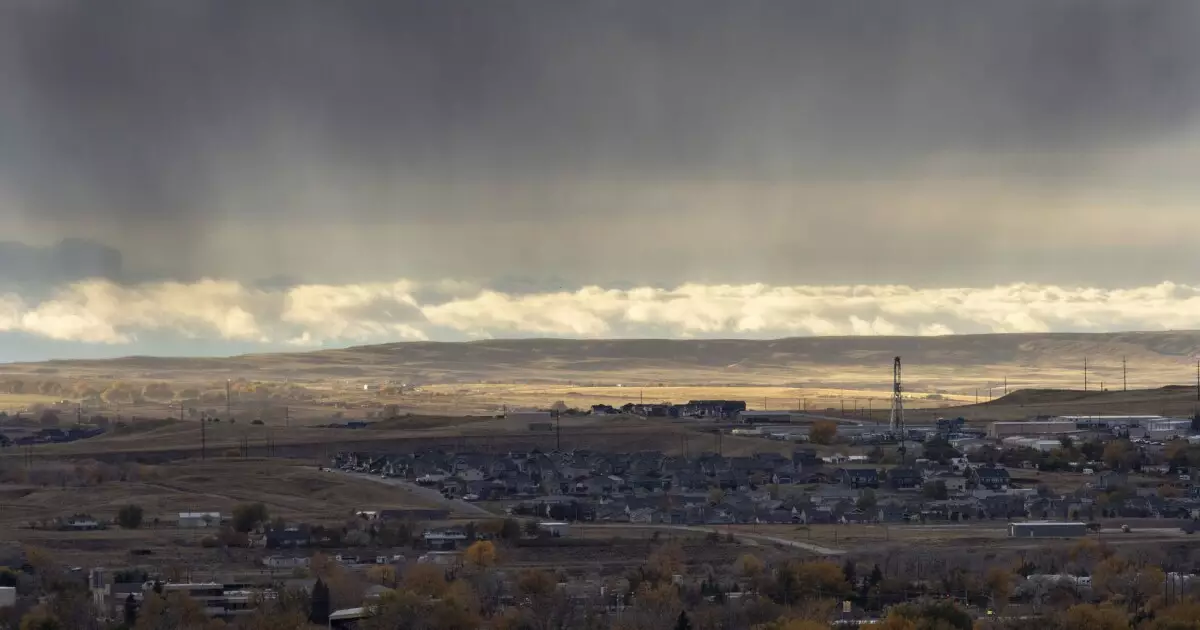Wyoming has recently earned a positive outlook from S&P Global Ratings due to its healthy reserves and plans to increase permanent funds in order to mitigate revenue fluctuations. This positive outlook has resulted in the affirmation of the state’s AA issuer credit rating, with a one-in-three chance of being upgraded over the next two years. The state’s budgetary performance over the current biennium has been described as robust by S&P analyst Savannah Gilmore, leading to the elevated outlook from stable to positive.
Permanent Funds and Budgetary Control
S&P expects Wyoming to continue maintaining reserves at high levels, preserving stability in its permanent funds, and taking corrective action if any budgetary pressure arises in the near term. The existence of four permanent funds – the Wyoming Mineral Trust Fund, the Common School Permanent Land Fund, the excellence in higher education endowment fund, and the Hathaway student scholarship endowment fund – plays a crucial role in ensuring financial stability for the state. Among these funds, the Wyoming Mineral Trust Fund, with a market value of $11.3 billion as of February 29, stands out as the largest.
Wyoming’s economy heavily relies on the coal, oil, and gas industry, making it susceptible to economic challenges as utilities transition to natural gas from coal. The recent revision in S&P’s outlook comes after Governor Mark Gordon signed a $10.6 billion budget for the 2024-26 biennium, following a challenging budget season. Despite facing squabbles and disagreements during the session, Governor Gordon expressed optimism about the budget, stating that it addresses challenges and positions Wyoming for a prosperous future.
If Wyoming experiences significant budgetary pressure in the next biennium resulting in a considerable drawdown in reserves, S&P could revise the outlook back to stable or even lower the rating if a pattern of deficit spending emerges. However, the rating agency is open to raising the rating if long-term structural balance is maintained and reserve levels remain very high to counteract the historical revenue swings associated with Wyoming’s economy.
Despite its financial stability, Wyoming remains the least populous state in the United States, with the 2020 Census reporting a population of less than 577,000 people. This places Wyoming more than 10% below Vermont, the 49th most populous state. The state’s small population size could present unique challenges and opportunities for its economic and financial landscape in the years to come.
Wyoming’s positive outlook for financial stability, backed by healthy reserves and prudent budgetary planning, positions the state for continued growth and resilience in the face of economic uncertainties. By maintaining high reserves, managing permanent funds effectively, and addressing potential risks through corrective actions, Wyoming can navigate through future challenges and uphold its reputation as a financially secure state.

